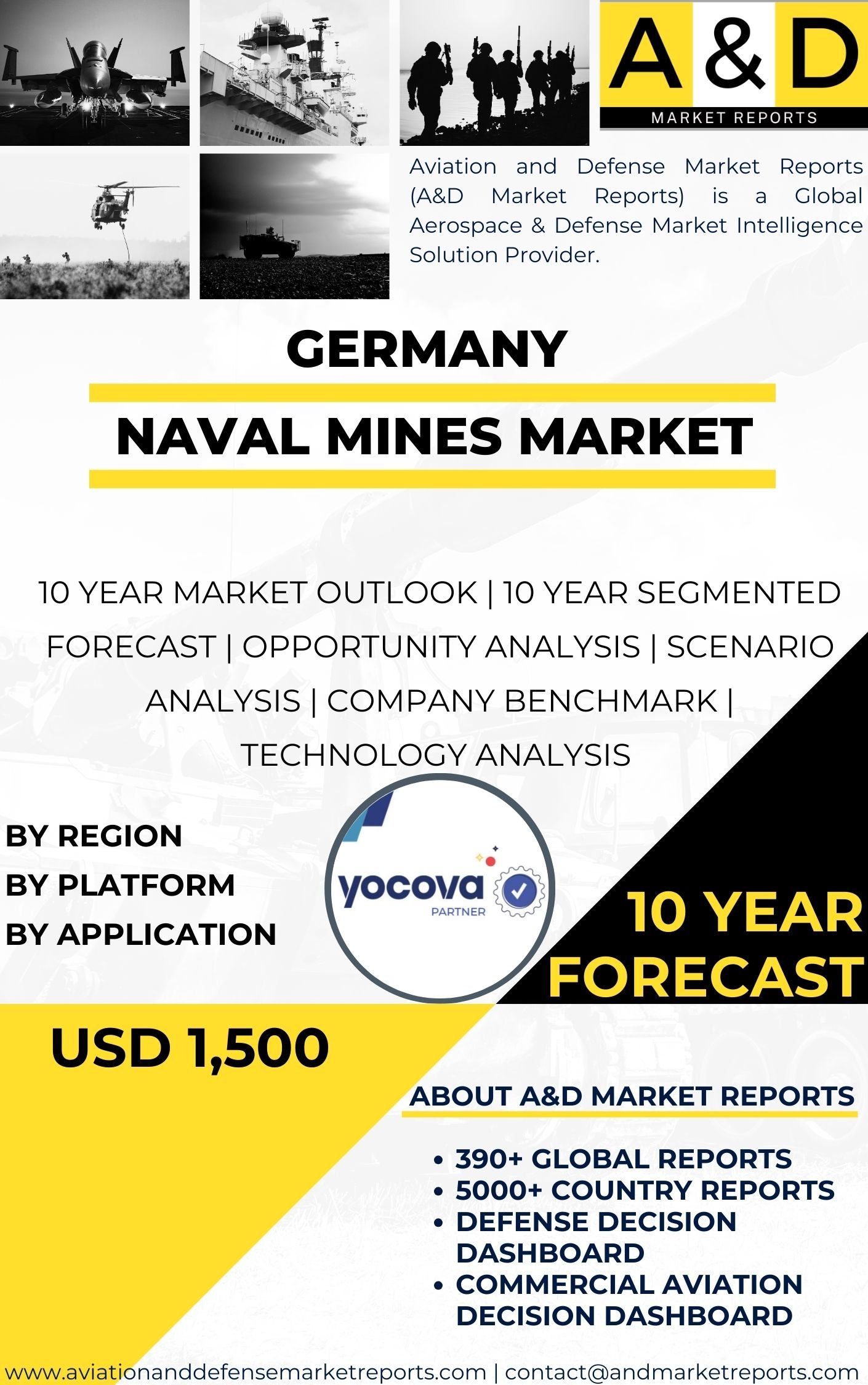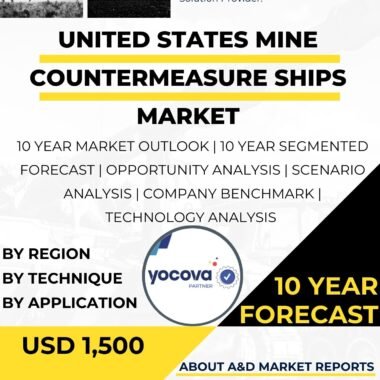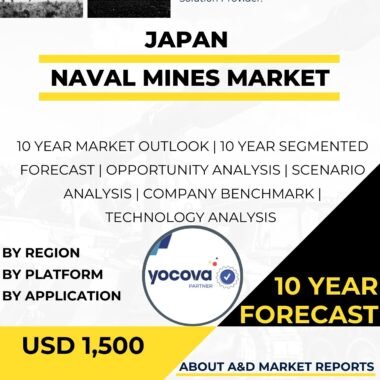Description
Naval Mines Market in Germany is closely linked to the broader defense and maritime security landscape, reflecting the country’s strategic priorities and its role within NATO and European security frameworks. Naval mines serve as a critical component in maritime warfare, designed to protect coastlines, harbors, and strategic sea lanes by creating underwater explosive barriers that can deny access or inflict damage on enemy vessels. In Germany, the naval mines market is influenced by the nation’s emphasis on naval modernization, technological advancement, and the need to counter evolving maritime threats. The market is shaped by Germany’s sophisticated defense industrial base, which includes leading firms engaged in the design and production of advanced naval systems and weapons, with capabilities that extend into mine warfare technology.
German naval mine capabilities encompass a range of mine types and deployment methods, including contact mines, influence mines triggered by magnetic, acoustic, or pressure signatures, and modern intelligent mines equipped with electronic fuzing and self-deactivation mechanisms for operational safety and post-conflict clearance. The market also involves significant development in mine countermeasure (MCM) technologies, as the evolving nature of naval mines requires navies to invest in sophisticated detection, classification, and neutralization solutions. German companies are actively developing and supplying both offensive mine systems and cutting-edge MCM platforms, including unmanned underwater vehicles (UUVs), advanced sonar systems, and automated reconnaissance to address the challenges of persistent mine threats.
The demand dynamics for naval mines in Germany are largely driven by strategic defense policies focused on protecting vital maritime infrastructure and sea routes essential to the nation’s economy and security. Germany?s geographic position with North Sea and Baltic Sea coastlines necessitates robust defensive measures against asymmetric maritime threats and the presence of undersea hazards, including naval mines potentially deployed by adversaries. This defensive posture is manifested in procurement programs that aim to maintain credible mine warfare capabilities to enhance deterrence and operational flexibility in naval engagements.
In addition, the naval mines market in Germany benefits from continuous innovation and integration with broader naval systems, including network-centric warfare and multi-domain operations. Mines are increasingly designed to integrate with surface vessels, submarines, and aerial platforms, allowing for flexible deployment and enhanced tactical use. The integration of digital technologies and sophisticated sensors improves the operational reliability of mines, allowing for selective activation and minimizing collateral damage to civilian shipping in peacetime.
Collaboration with European partners also plays a significant role in shaping the naval mines market in Germany. Joint research, development, and procurement initiatives under the auspices of NATO and the European Union foster interoperability and cost-sharing, enabling the adoption of common standards and technologies. This cooperative environment supports the German naval industry’s ability to innovate and adapt to regional security needs while maintaining a competitive position in the global defense market.
From a market perspective, German companies involved in naval mine production and countermeasures engage in both domestic and international sales, leveraging the country?s reputation for high-quality engineering and advanced technology. While specific market size figures for naval mines alone are often integrated within broader naval systems reports, the overall naval and maritime defense sector in Germany is substantial and increasing in significance due to geopolitical tensions and the rising importance of securing maritime domains.
Technological trends in the German naval mines market emphasize automation, stealth, and precision in mine laying and countermeasure operations. The movement toward unmanned and autonomous systems reduces risks to personnel and increases operational effectiveness, as remotely operated and autonomous vehicles can conduct mine detection and clearing with higher accuracy and efficiency. These advancements also align with Germany?s commitment to maintaining a technologically advanced military force capable of addressing modern hybrid and asymmetric threats at sea.
Environmental and operational safety considerations are also influencing the development and deployment of naval mines in Germany. Modern naval mines are designed with features intended to mitigate long-term hazards, such as self-neutralization or self-destruction capabilities after a defined operational period, reducing the risk they pose to commercial shipping and marine ecosystems once a conflict ends. This responsible approach aligns with Germany?s broader defense policy goals, which include adherence to international laws and minimizing unintended consequences of military operations.
The naval mines market in Germany is thus an intersection of strategic defense imperatives, technological innovation, operational requirements, and international cooperation. It reflects a balanced approach to ensuring maritime security through deterrence and defense, while concurrently advancing capabilities in mine detection and clearance to uphold safe navigation and comply with legal standards. The continued evolution of this market is supported by Germany?s strong industrial base, cutting-edge research, and a stable political and economic environment conducive to sustained investment in naval defense technologies. Consequently, the naval mines market in Germany remains dynamic, responding to emerging threats and technological possibilities within the broader context of European and global maritime security challenges.




